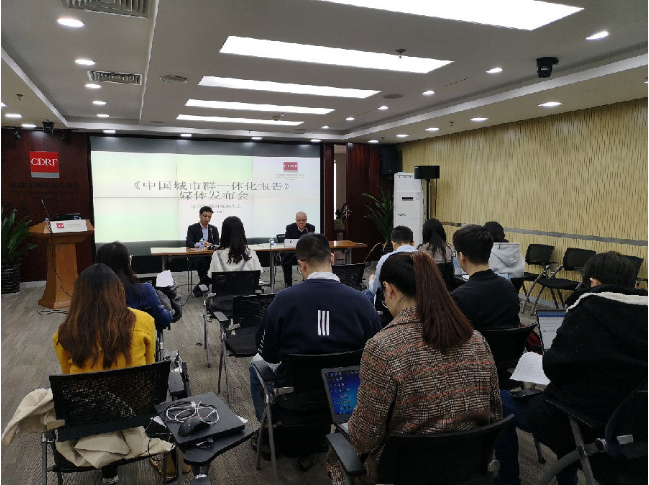Report on the Integration of Urban Agglomerations in China Released
On March 18, CDRF released the Report on the Integration of Urban Agglomerations in China. The report assessed the level of integration of 12 large urban agglomerations in China which covered 157 cities above the prefecture level and accounted for 19.57% of the national land area.

According to analysis, from 2006 to 2015, the share of the 12 urban agglomerations in national GDP increased from 70.56% to 82.03%, showing an average concentration rose more than 1 percentage point per year. The share of these urban agglomerations in the national economy increased, testifying the trend of concentrated economic activities in urban agglomerations. In particular, the economic shares of the three major urban agglomerations, i.e. Yangtze River Delta, Beijing-Tianjin-Hebei and Pearl River Delta, represented more than 40% of the total, suggesting that if we secure the urban agglomerations, we will secure the fundamentals of China's economy.
During the same period, the proportion of the above urban agglomerations in the total population increases from 61.12% to 63.07%, increasing by 1.95 percentage points. The concentration of population into urban agglomerations remains slow, and mainly take place in the three major urban agglomerations including Yangtze River Delta, Pearl River Delta, and Beijing-Tianjin-Hebei. The population share of these three urban agglomerations has increased by 2.54 percentage points year on year, which is higher than the overall population growth of the 12 urban agglomerations. The report reckons that the economic growth of these three regions has the highest population absorption capacity, so the focus of stable employment should be on these three urban agglomerations.
The research team finds that the economic development gap in all other urban agglomerations, except for the Shandong Peninsula, has narrowed between 2006 and 2015. This finding carries an important implication for the balanced development of China's regional economy that fostering the development of urban agglomerations is a proven way to achieve balanced development of regional economy. According to research results, except for the Pearl River Delta Urban Agglomeration and Chengdu-Chongqing Urban Agglomeration, the gap between fiscal expenditure and economic development in other urban agglomerations becomes smaller, and the fiscal equalization is more rapid than the economic equalization.




